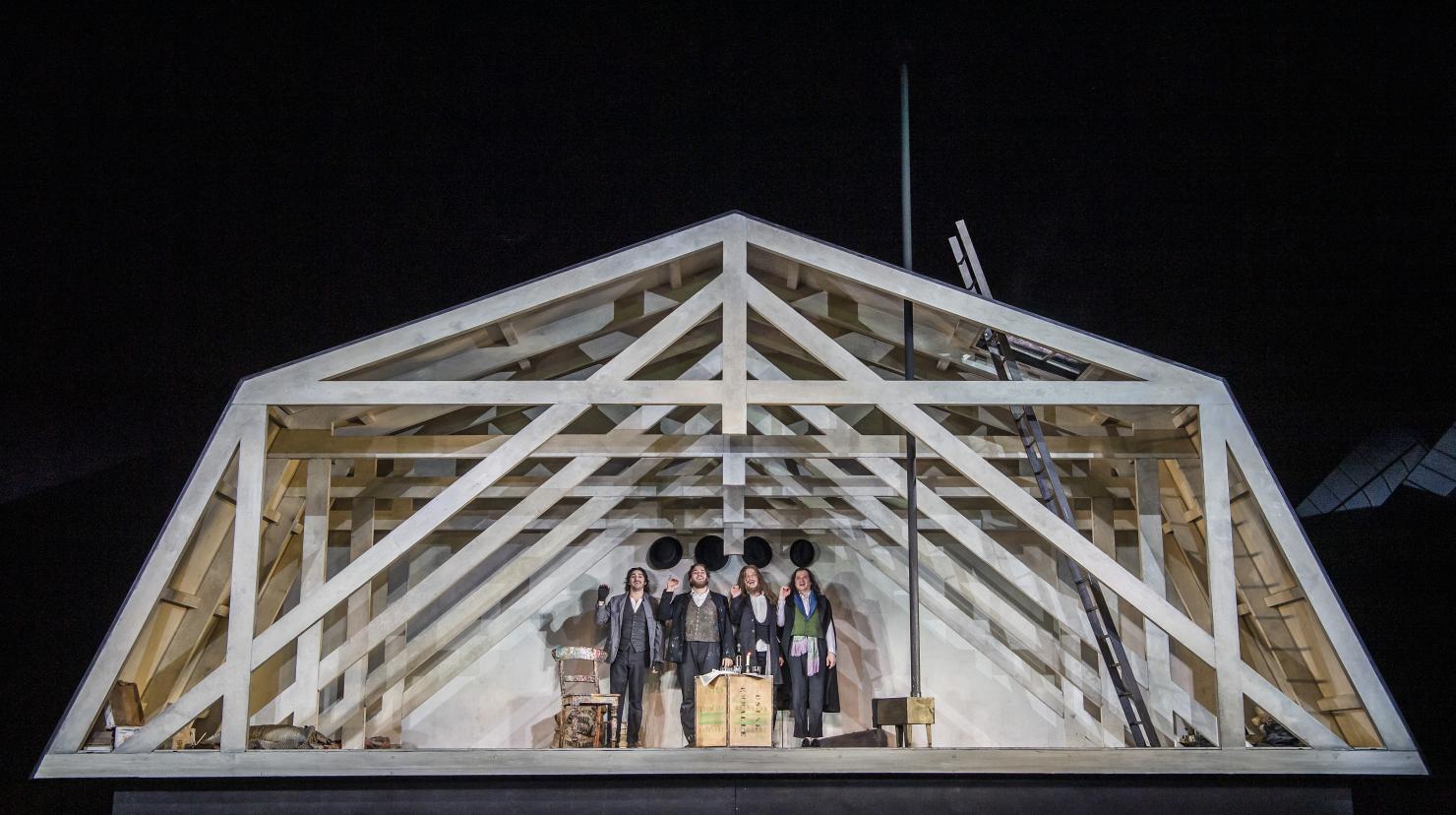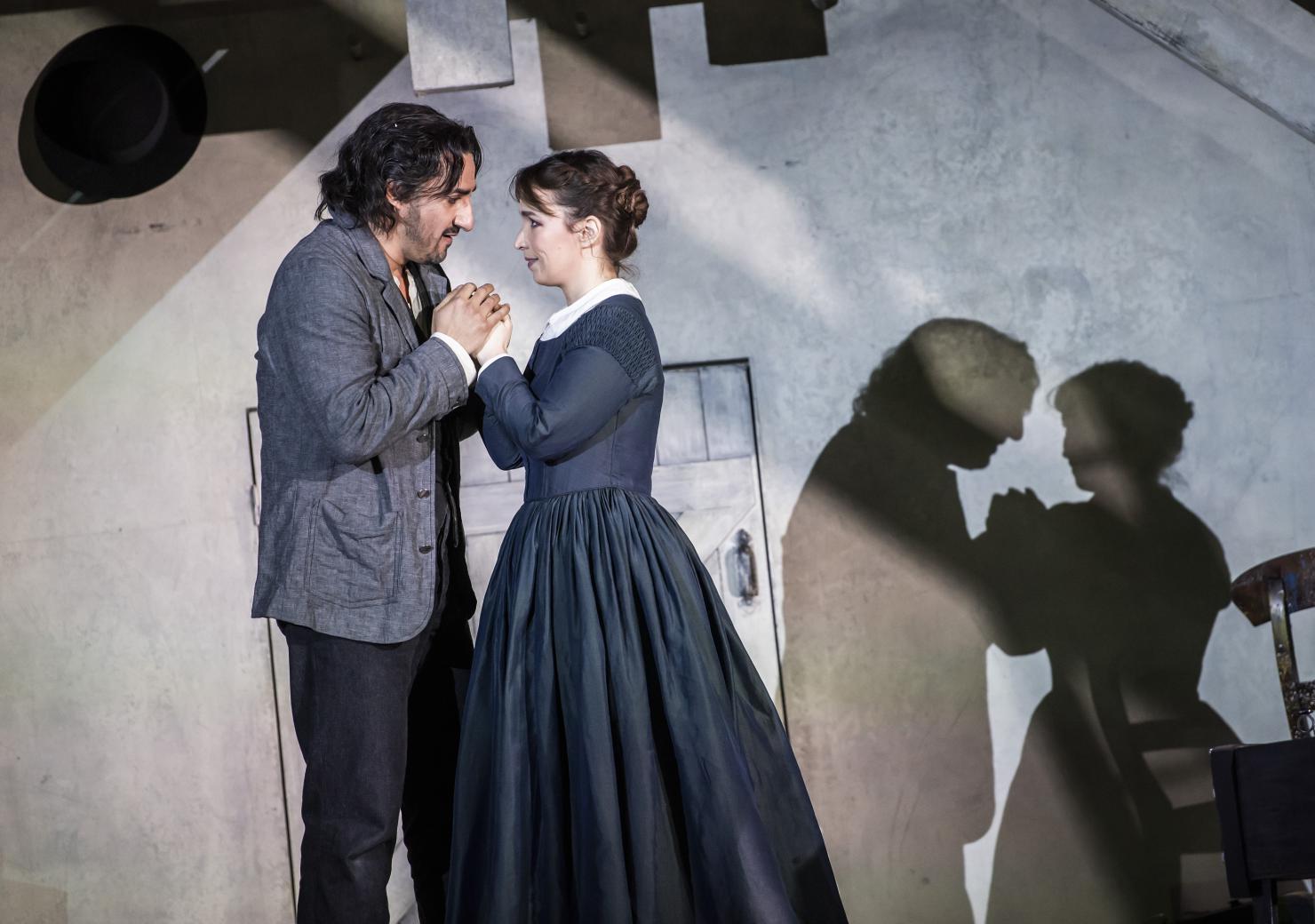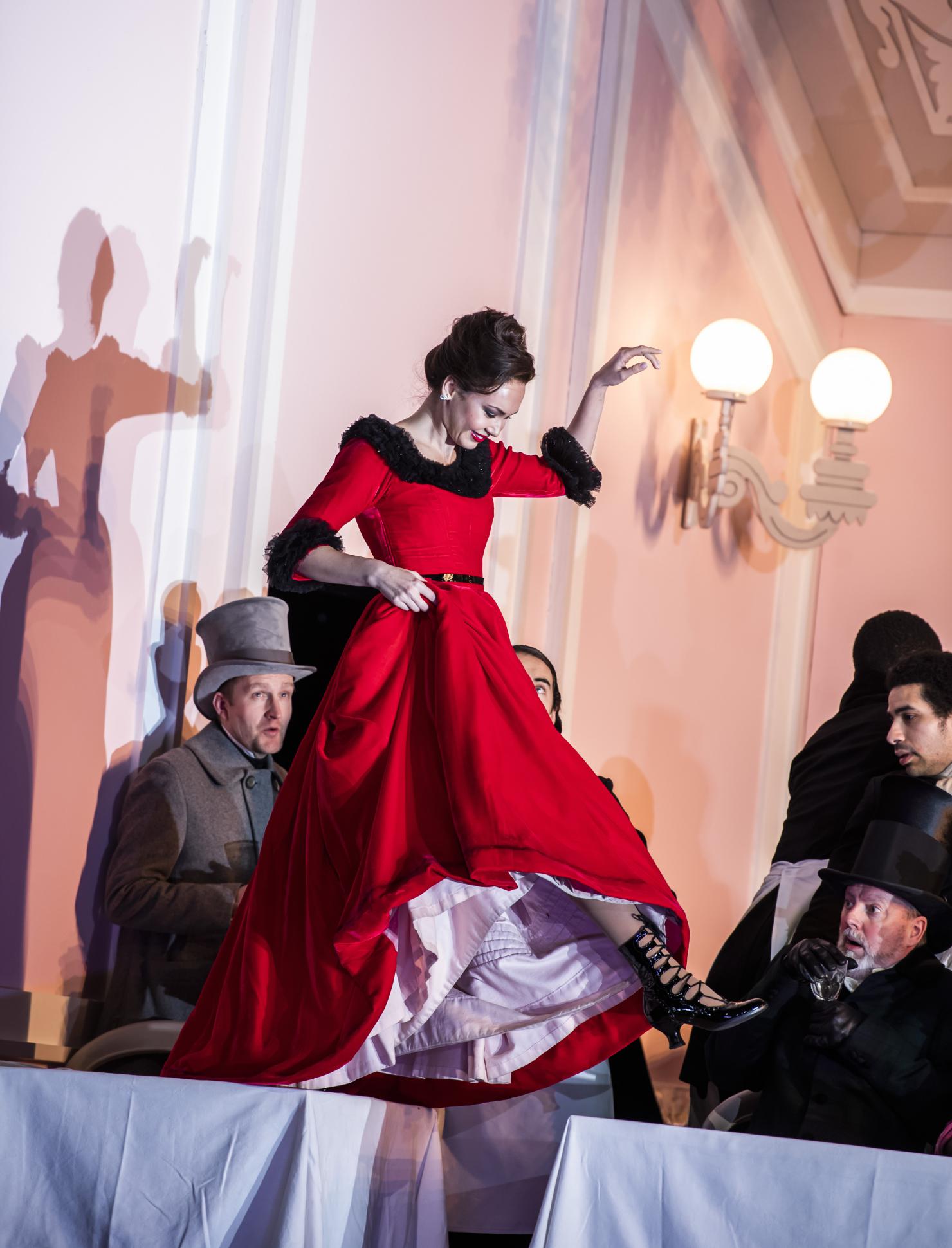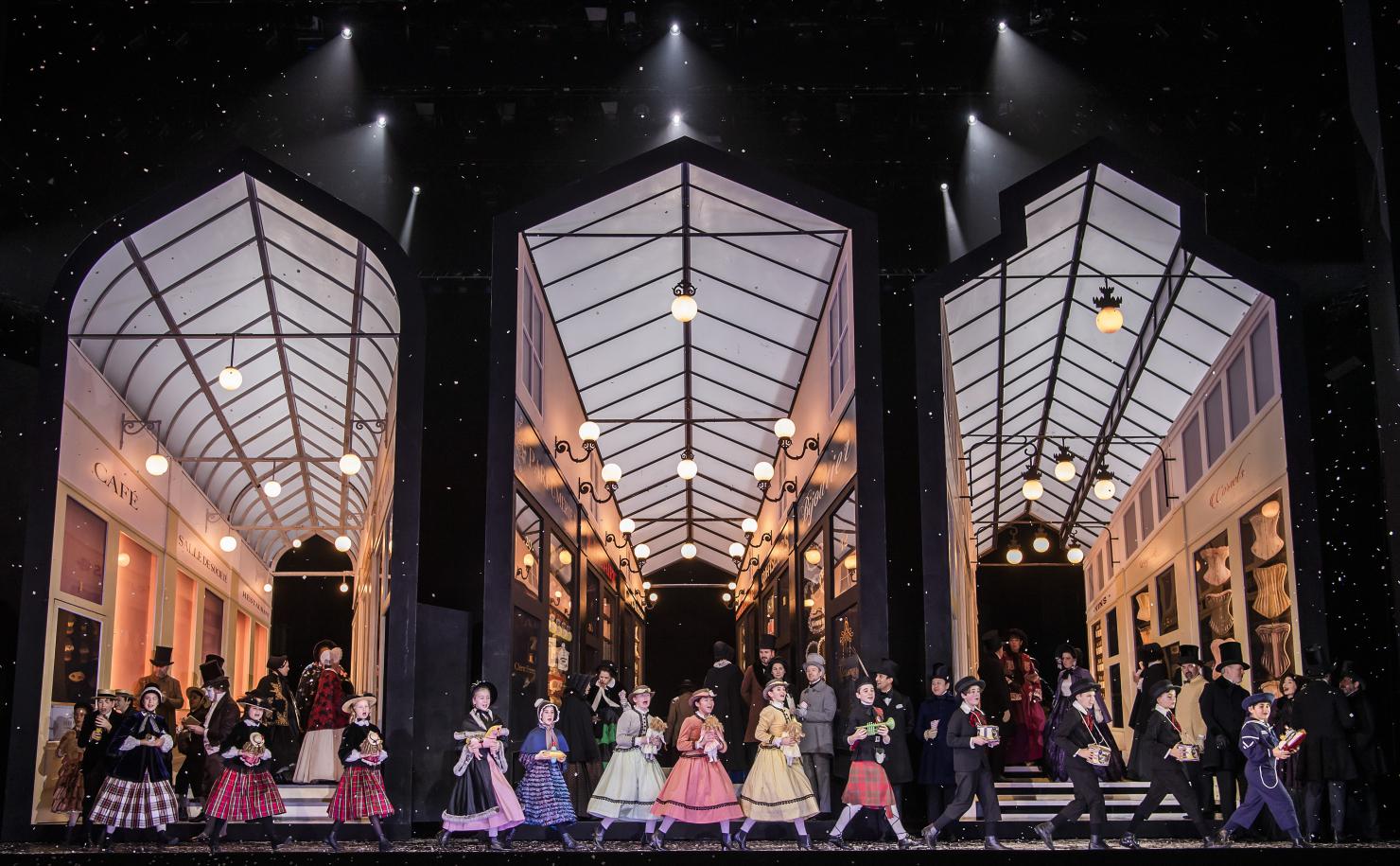
Beyond romantic love: La bohème at ROH
ReviewEven after seeing this opera many times over, I never seem to tire of it and continue to find joy and humanity in its most intimate moments, more so every time I see it. It is a story that has been told many times in countless different ways. This production by Richard Jones, which saw its first run of performances at the Royal Opera in 2017, takes a traditional if not somewhat stripped-back approach.
I was very much taken with Stuart Laing’s production design. It felt quintessentially Parisian and conjured up all of the sights, smells, and senses one comes to expect but did so in a very understated way. The attic hovel that Marcello and Rodolfo call their home was a bare-boned structure of criss-crossing wooden beams. The Act II street scene in the Latin quarter presented an image of a bustling and festive Christmas Eve that felt both elevated and relaxed. The third act opened up on a well-lit little pub on a snowy but otherwise empty stage. Though sparse, the production managed to both create atmosphere and convey emotion elegantly and with minimal effort.

On the whole, it was a very well-sung production. I particularly enjoyed tenor Charles Castronovo in the role of Rodolfo. He has a generous, enveloping sound and a natural energy on stage that was very captivating. Soprano Simona Mihai sang the role of Mimì in place of an ailing Sonya Yoncheva. Though she had performed the role at the Royal Opera before, it seemed to take her some time to fully inhabit the character and she struggled vocally, particularly in the first act. To her credit though, she improved increasingly with each act, leaving me totally convinced by the final scene. I could tell that she was truly embodying the character.

Soprano Aida Garifullina and baritone Andrzej Filonczyk were a fantastic secondary duo in the roles of Musetta and Marcello. They played off of each other incredibly well and were a great contrast to the more subdued pairing of Mimì and Rodolfo. Garifullina was a particularly flamboyant Musetta and though perhaps a little overdone, was believable and endearing.

Peter Kellner and Gyula Nagy in the roles of Colline and Schaunard respectively definitely stole the show with their hilariously animated antics. Overall, there was a wonderful sense of camaraderie between the four men that felt very genuine. This is a love story that extends beyond romantic love. It is about the love that exists between a group of friends and it is ultimately these friendships that have continued to inspire audiences and are in large part, what makes this story so deeply relatable and beloved.

La bohème has proven time and again to be a classic deserving of its place as a staple in the standard operatic repertory. Containing all the basic elements of good storytelling, it is an opera that is nearly impossible to get wrong and has historically been a success with audiences. But more than ticking all of our theatrical boxes, it gets to something deeper; something eternal, in which we can’t help but see ourselves reflected.


Comments